100 years old this Friday. The pride of the town of Vila-real, in the region of Valencia on the Balearic coastline. The town of 50,000 inhabitants may not ring a bell with everyone, but Villarreal CF's sporting achievements are surely familiar to football fans.
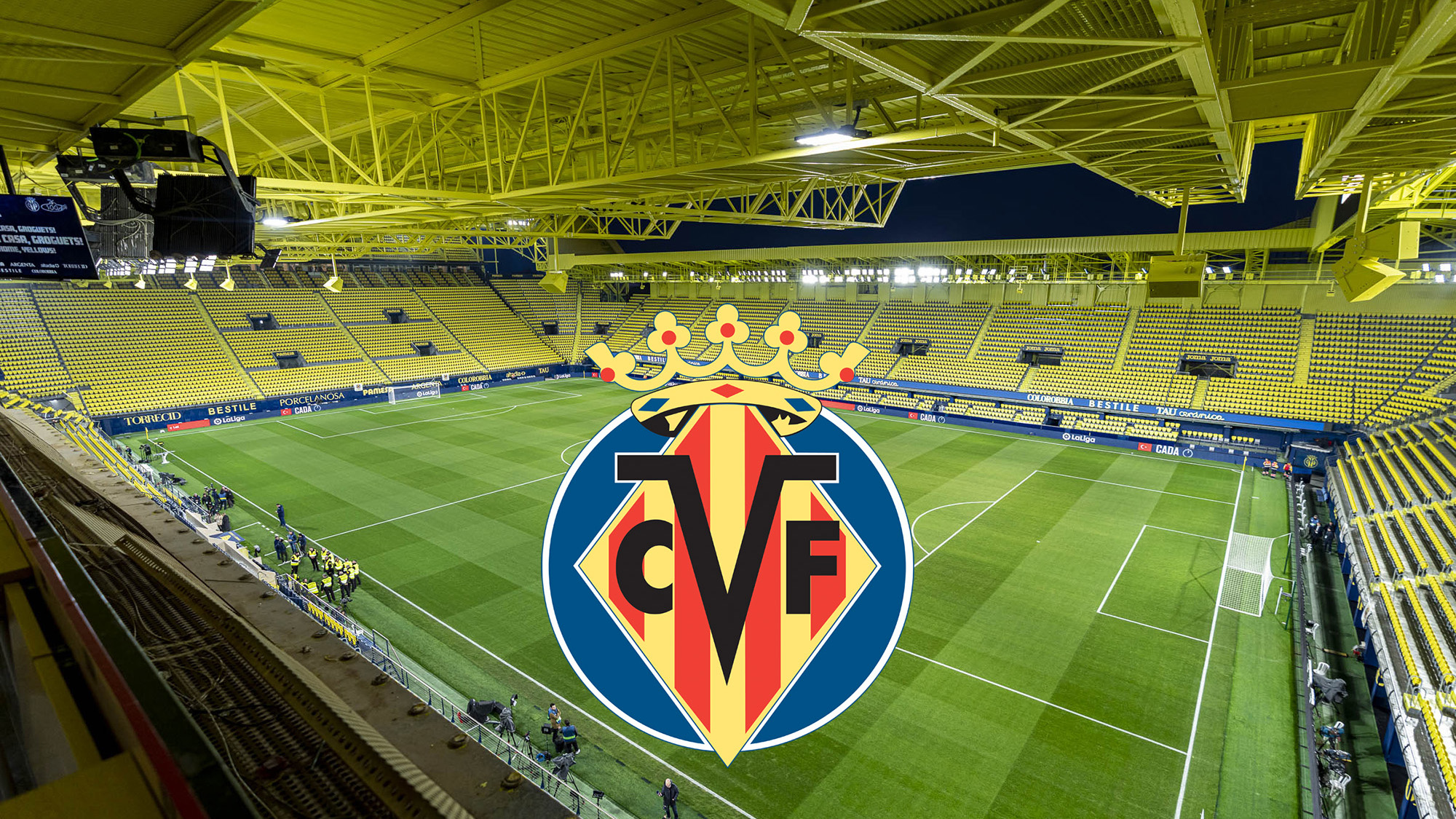
Villarreal CF was founded on 10 March 1923. The Spanish civil war initially halted the club's rise, and the El Madrigal stadium was even demolished. It was only after the Second World War that the club started its way up again, rising to the top level in 1988. Although Villarreal dropped back to the second division after just that one season.
The following season, Villarreal did find the key: Los Groguets ('the yellows') rose to La Liga again and, apart from the the 2012-2013 season, would stay there. Villarreal emerged as a stable first division side, although it could not yet bag a Spanish trophy. Its best result in the highest football league is a second and third place.
Villarreal's strong reputation is mainly due to its European performances. In the last 20 years, the club regularly made its mark on the European stage. Since the beginning of the 20th century, Villarreal won the Intertoto Cup twice ('02-'03 & '03-'04). In 2003, it also reached the semi-finals of the UEFA Cup, which it lost against its neighbours from Valencia.
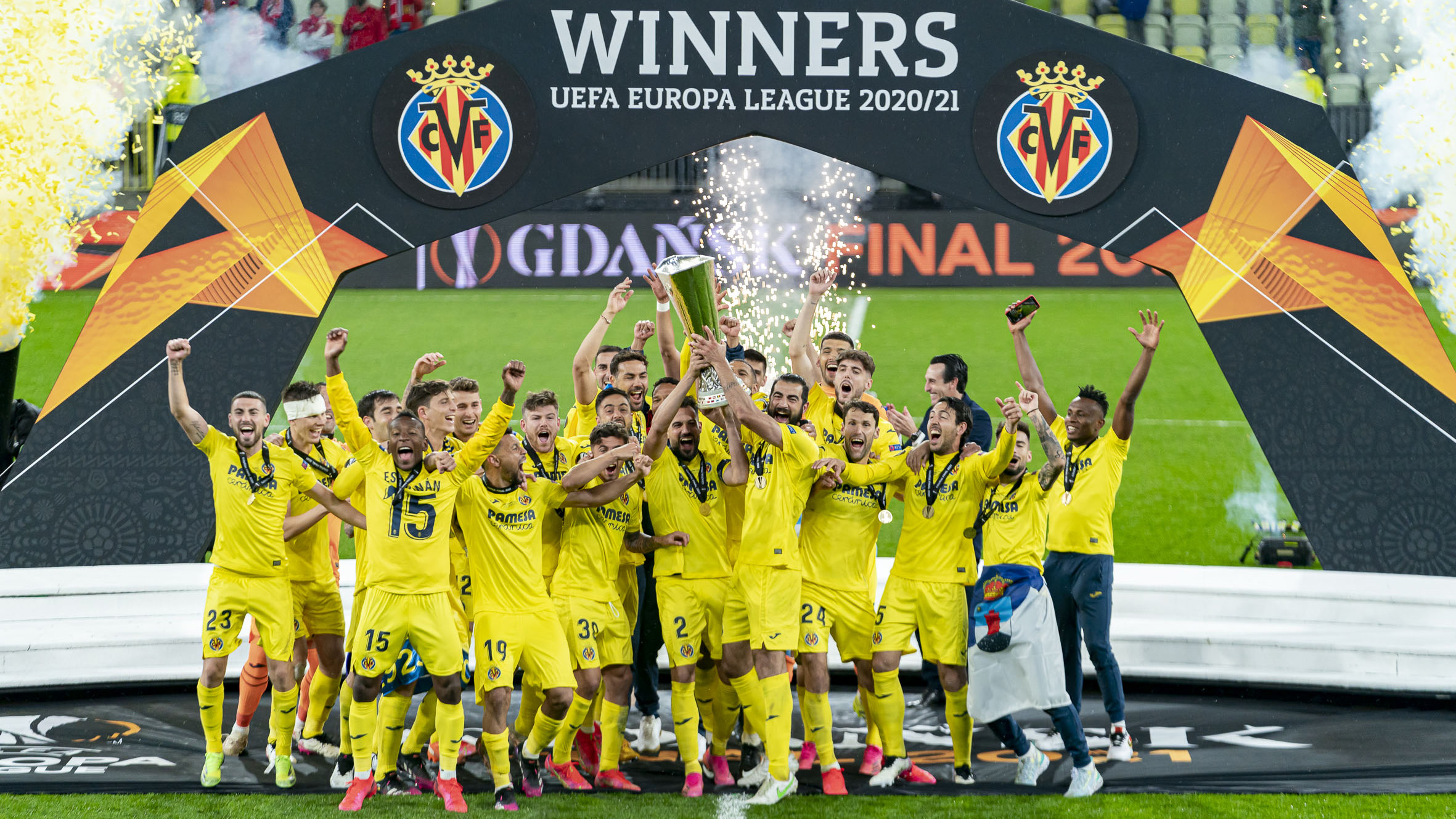
Three more semi-finals followed: in the Champions League against Arsenal in 2006 (under the reign of Manuel Pellegrini), in the Europa League against Porto in 2011 and in the Champions League against Liverpool in 2016. In 2021, Villarreal could add its first European trophy to its record: with coach Unai Emery, it won the Europa League final in Poland's Gdańsk against Manchester United (pictured) after a legendary penalty sequence (11-10).
Last season, Villarreal CF again made it to the semi-finals of the Champions League against Liverpool. This season, under coach Quique Setién, it finished as group winner in the UEFA Europa Conference League with 13 points and four wins, after matches against Lech Poznań, Hapoel Be'er Sheva and Austria Wien.
Villarreal, which has the same shirt sponsor as Sporting with JOMA, is currently sixth in La Liga. After three defeats, it managed to rejoin the top six thanks to two wins against Getafe (2-1) and Almeria (0-2). Meanwhile, the club had to lose out against Real Madrid in the eighth finals of the Copa del Rey (2-3).
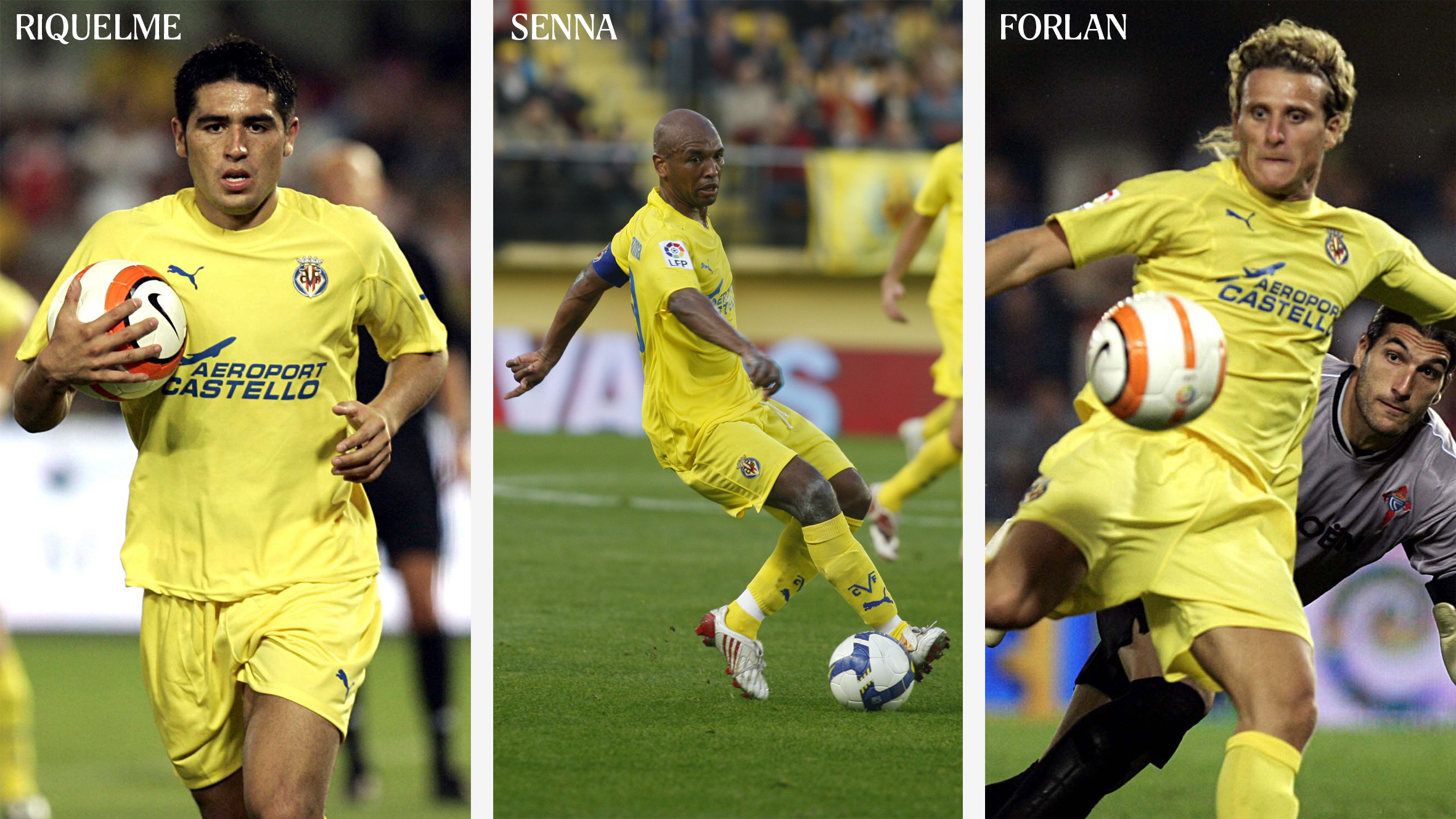
Why the 'yellow submarine'?
After World War II, the club moved away from the original black and white club colours. According to tradition, the chairman then opted for a yellow shirt with black shorts because he could not get his hands on white shirts. The players accepted the yellow shirt, but could not live with the black shorts. They reportedly started buying white shorts themselves, which they then dyed blue.
After that, they soon opted for an all-yellow outfit. The club always plays in yellow at home and full blue on away trips. In those colours passed some club legends such as Juan Román Riquelme, Juan Pablo Sorín, Diego Forlán, Santi Cazorla, Marcos Senna, Diego Godin, Robert Pires and most recently Rodri (who received his training at Villarreal).
But why then is the club called the 'yellow submarine'? It is obviously linked to the song 'The Yellow Submarine' by The Beatles, who unleashed the song on the world in 1966. Los Mustang, a Spanish band, turned the song to their liking. In 1967, as Villarreal fans celebrated promotion to a higher league, they came up with their own version of the song. "Amarillo el submarino es, Amarillo es, amarillo es" became "Amarillo es el Villarreal, amarillo es, amarillo es". The club thus gained a nickname for eternity.
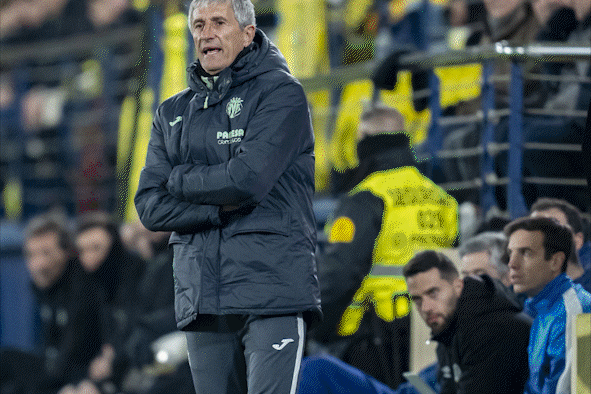
A solid and experienced squad
The current team of coach Quique Setién (former coach of FC Barcelona, among others) consists mainly of very experienced players and internationals. For instance, Pepe Reina (40) is in goal, but there is also Raúl Albiol (37 ), Pau Torres (26) and Alberto Moreno (30 ans) and the midfield is occupied by players like Étienne Capoue (34, the man of the match in the Europa League final) and Francis Coquelin (31).
In the attacking line too, coach Setièn can opt for a chunk of experience: José Luis Morales (35, 12 goals and 4 assists), Gerard Moreno (30, 10 goals and 5 assists), as well as striker Giovani Lo Celso (26) who is back after an injury. The experienced rookies are complemented by younger talents such as fast Nigerian Samuel Chukwueze (23 years old, 10 goals and 10 assists) and Alex Baena (21 years old, 10 goals and 5 assists).
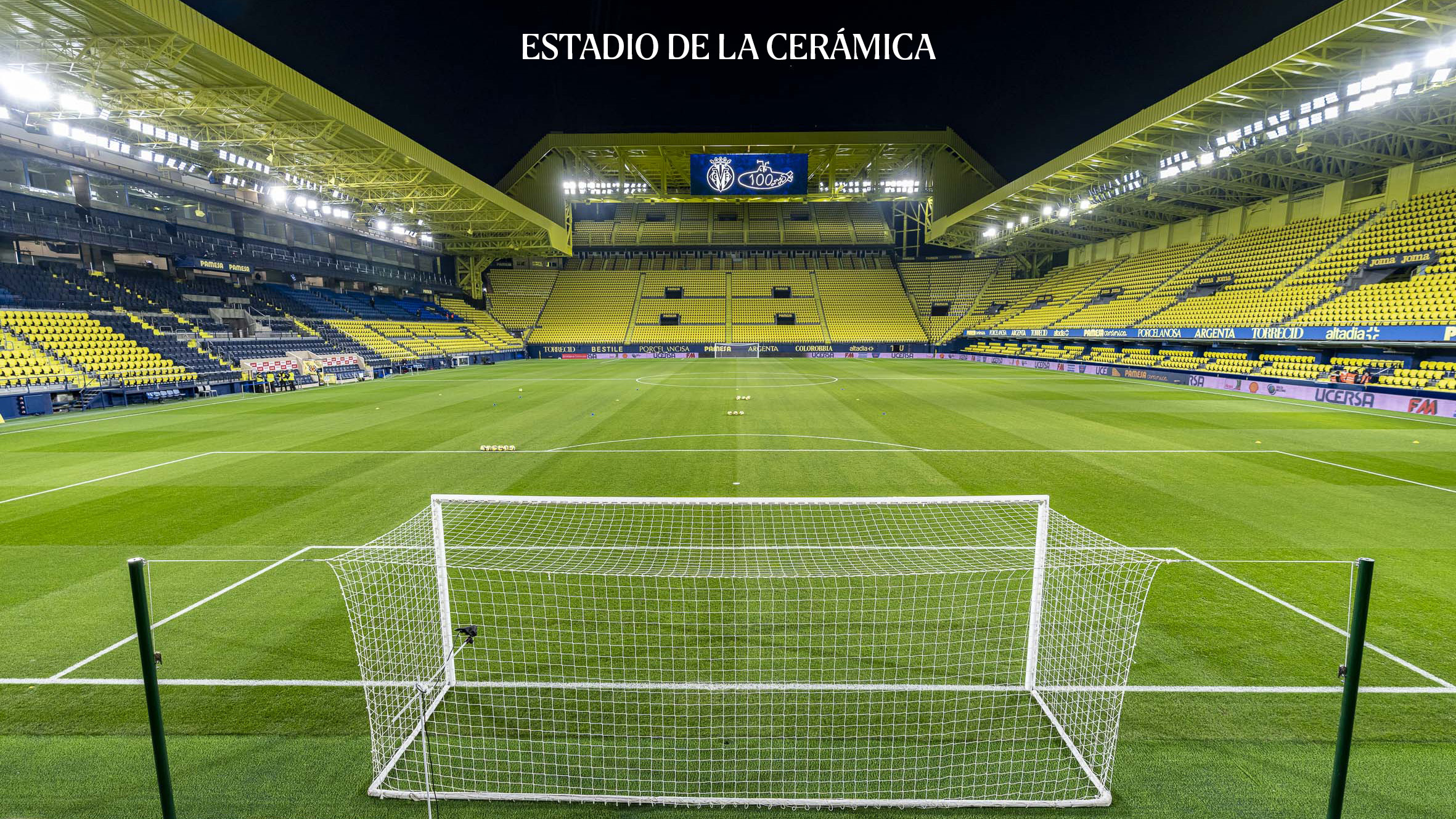
Stadium renovated in 2022
Villarreal CF's stadium is one of the oldest stadiums of Spanish first division clubs. It was inaugurated on 17 June 1923 as Campo del Villarreal and was renamed El Madrigal two years later. Since 8 January 2017, the stadium officially bears the name Estadio de la Cerámica, in homage to the ceramics industry that forms the region's economic lung.
The stadium has a capacity of 23,000 visitors and was completely renovated in 2022. Since then, the façade has been decorated in ceramics. The seats were refreshed, all stands are now covered, the stadium has two 150-square-metre giant screens, an impressive sound system and new LED lighting.
We'll meet soon, @VillarrealCF. 🟣⚪ #ANDVIL #UECL pic.twitter.com/oAK7tJd8oJ
— RSC Anderlecht (@rscanderlecht) March 7, 2023


